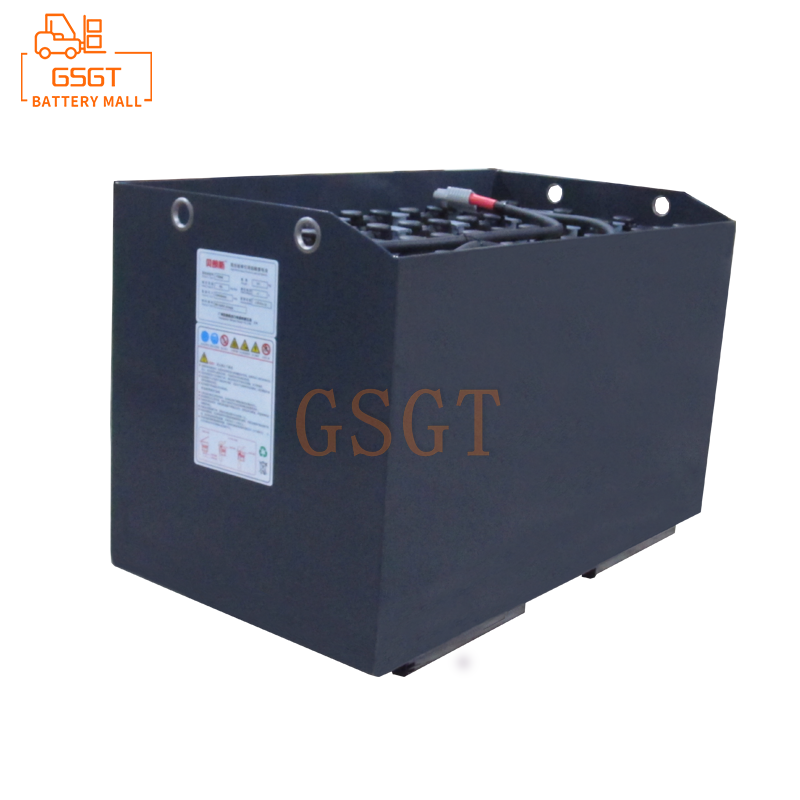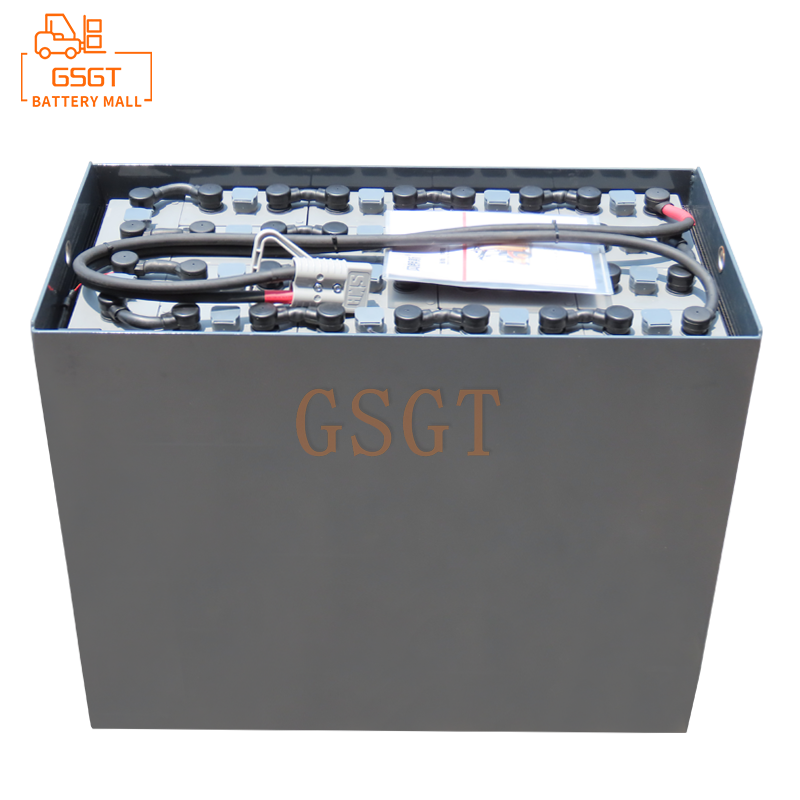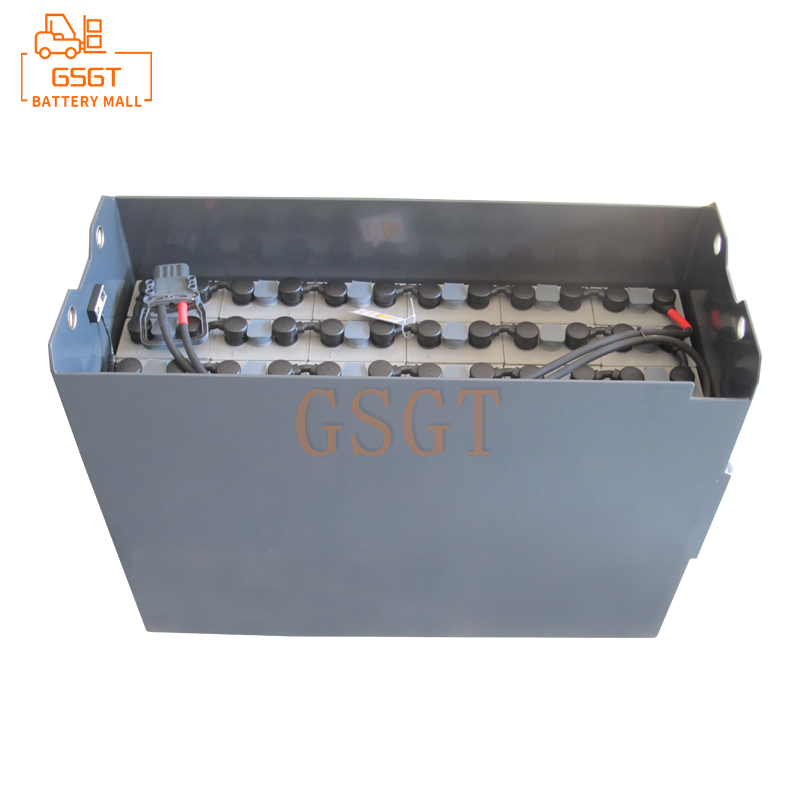Time:2025-03-11 09:59:06
Browse:235
In the global energy industry, the lead-acid battery industry occupies a unique and important position. As a mature energy storage equipment, lead-acid batteries are widely used in automotive, communication, energy storage and other fields. However, in-depth exploration of the development of the industry, will find that the phenomenon of regional development imbalance is very significant, this situation has a profound impact on the overall trend of the industry, behind the complex causes, involving economic, policy, resources and other factors.
From a global perspective, developed countries and regions such as Europe and the United States started early in the development of lead-acid battery industry, and have been in a leading position for a long time with strong technical research and development strength, perfect industrial supporting system and mature market mechanism. The United States has advanced battery manufacturing technology and research and development centers, such as huge investment in the research and development of lead-acid batteries for electric vehicles, and constantly optimize battery performance, improve energy density and cycle life. Europe has achieved remarkable results in the application of lead-acid batteries in the field of energy storage, especially in distributed energy storage projects, Germany, France and other countries with rigorous processes and strict environmental standards, produce high-quality, high-performance and environmentally compliant lead-acid battery products, which occupy an important share in the high-end market in Europe and the world.
In contrast, some developing countries, especially in Africa, parts of Asia and South America, the development of lead-acid battery industry is relatively lagging behind. Taking Africa as an example, most countries have a weak industrial base, lack advanced production equipment and technical personnel, and the number of lead-acid battery manufacturers is rare and small in scale. The products are mainly medium and low-end, and there is a big gap with European and American products in performance and quality stability. Many African countries rely on imported lead-acid batteries to meet domestic demand, and the high cost of imports further limits the popularity of products and industry development. In some countries in Southeast Asia, although the manufacturing industry has developed in recent years, the lead-acid battery industry is still facing technical bottlenecks, independent research and development capacity is insufficient, mainly relying on the introduction of foreign technology and production lines, it is difficult to form a complete, independent and controllable industrial chain.
Deep into the domestic market, the imbalance of regional development is also prominent. The eastern coastal areas, such as the Yangtze River Delta, the Pearl River Delta and other places, with superior geographical location, open economic policies and highly developed manufacturing industry, become the concentration of lead-acid battery industry. In the Yangtze River Delta region, with Shanghai as the core, the surrounding Jiangsu, Zhejiang and other places are distributed many well-known lead-acid battery manufacturers. These enterprises have advanced automated production lines, which can produce all kinds of lead-acid battery products on a large scale and with high efficiency. Relying on the rich local scientific research resources, the enterprise actively carries out industry-university-research cooperation, constantly carries out technological innovation, and has achieved remarkable results in battery lightweight and fast charging technology. At the same time, the region's perfect logistics network, mature sales channels and a huge consumer market provide all-round support for the development of lead-acid battery industry.
In sharp contrast, the development of the lead-acid battery industry in the central and western regions is relatively slow. In the western region, due to the vast area and relatively dispersed population, the transportation and logistics cost is high, which is not conducive to large-scale industrial agglomeration. And the level of economic development is relatively low, the market demand for lead-acid battery products is limited, resulting in enterprises to invest in the construction of factories is not high. Although some areas have rich raw material resources such as lead ore, it is difficult to convert resource advantages into industrial advantages due to technology, capital and other factors. Although the central region has a certain industrial base, but in the development of the lead-acid battery industry, the lack of clear industrial planning and policy support, small and scattered enterprises, uneven technical level, in the national market competition at a disadvantage.
There are many reasons for the imbalance of regional development of lead-acid battery industry. The level of economic development is one of the key factors. With the economic prosperity of developed regions, enterprises have more funds to invest in research and development and equipment renewal, which can attract high-quality talents and promote industry technology upgrading and scale expansion. The lack of funds in less developed areas is difficult to support the huge investment required for the development of the industry, and the brain drain is serious, further hindering the progress of the industry. Policy direction also plays an important role. Some regions have introduced policies to encourage the development of the new energy industry, and have given subsidies and tax incentives to high-performance and environmentally friendly products in the lead-acid battery industry, which has promoted the development of the local industry. On the contrary, some regional policies are blank or imperfect, and cannot provide a good development environment for enterprises. In addition, the uneven distribution of resources is also a factor. Areas rich in lead ore resources have advantages in raw material supply, but if there is a lack of supporting technology, capital and market, industrial development is still limited; Resource-poor regions rely on external procurement, which increases production costs.
The imbalance of regional development of lead-acid battery industry is the result of interweaving many factors. This imbalance not only affects the development of the regional industry itself, but also has a profound impact on the global and domestic energy industry layout. To change this situation, it is necessary for all localities to adapt to local conditions, gradually narrow the regional gap by formulating reasonable policies, strengthening technology introduction and innovation, optimizing industrial layout and other measures, and promote the more balanced and sustainable development of the lead-acid battery industry.

$3075

$1270

$2140

$2040

MESSAGE
Professional And Efficient
Security
Affordable Price
Professional Services